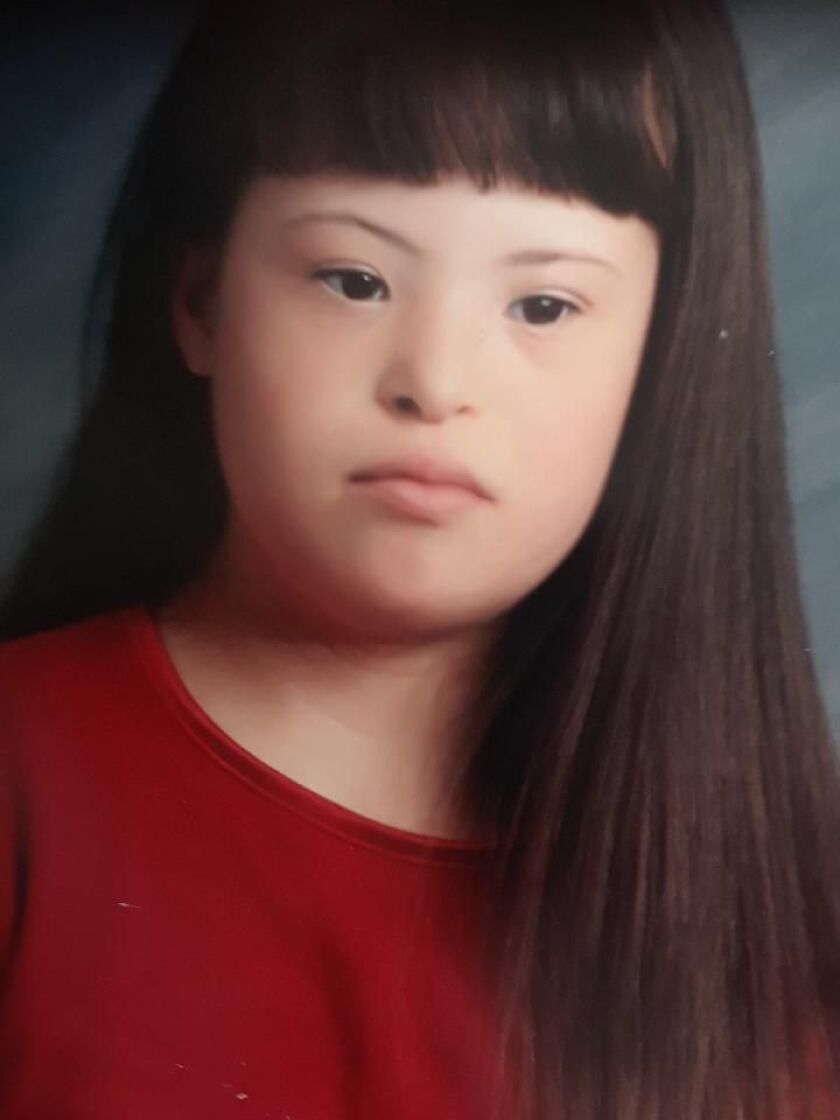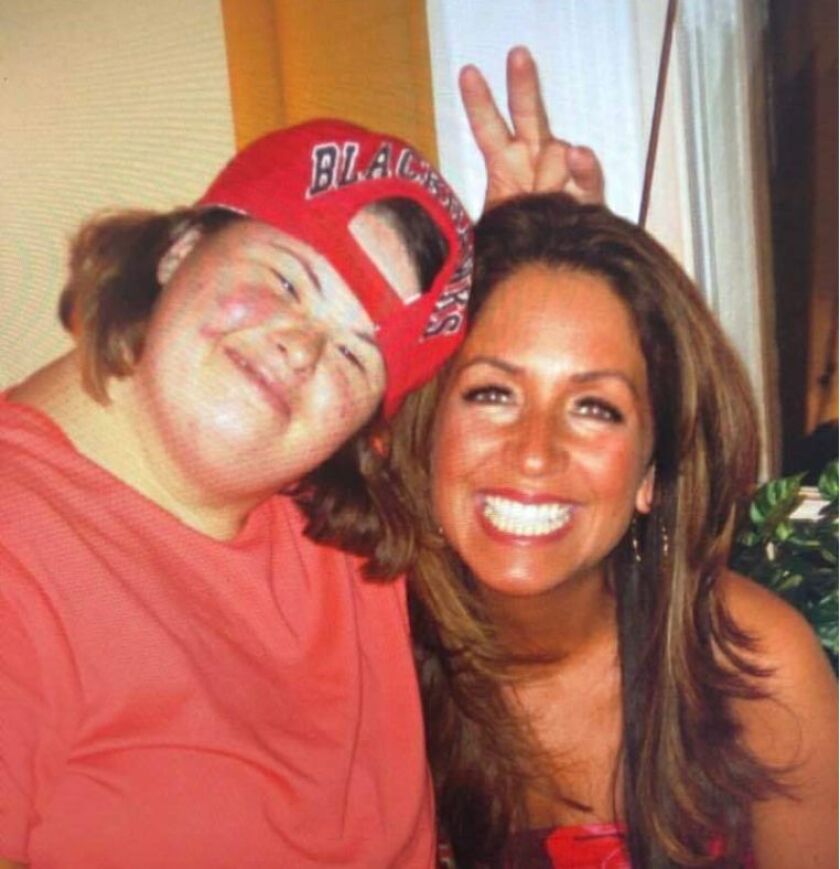Carmen Maya says she didn’t know what the word “inclusion” meant before her daughter Larissa was born with Down syndrome. It became her watchword.
Maya insisted Larissa be included in classes with other students her age at her local elementary school in Skokie and later at Niles North High School, resisting efforts to have her sent outside the district to a special school for kids with developmental disabilities.
“She learned how to ride a bike. She learned how to swim. She learned how to ice skate. Most important she learned how to make friends,” Maya said. “I wanted her to be included in our society, in the world that I live in.”
Then last Friday, Larissa Maya, 31, was included in something her mother never could have imagined during all the years of nurturing her daughter’s independence while protecting her from life’s dangers.
Larissa became one of 1,565 Illinois residents to die so far from COVID-19 and one of only a relative few to die so young.
Of the 1,125 coronavirus deaths documented by the Cook County Medical Examiner’s Office through Wednesday, only 24 of the victims were younger than 40.
Nearly all the under-40 victims had some type of underlying medical condition that made them more vulnerable. In Larissa’s case, she had diabetes. The medical examiner also noted she suffered from obesity — a common finding among those who have died young from the novel coronavirus.
Carmen Maya, 70, was still in a daze when we spoke Wednesday, stunned at how fast her daughter had been taken from her by an illness nobody saw coming.
“I feel like I’m reliving it all over again,” she said.
It started in early March when Larissa got sick with flu-like symptoms. It was common for her daughter to get colds and such, but Maya was concerned enough to take Larissa to a doctor. He prescribed an antibiotic.
The antibiotic didn’t help, and Larissa developed a cough to go with the diarrhea and vomiting. She became lethargic.
“The cough was keeping her up all night,” Maya said.
On March 25, Maya took her to see another doctor. He prescribed a different antibiotic, Maya said, and told her that if Larissa got worse, she should go to the emergency room.
By the next morning, it was Larissa who told her mother it was time to go to the emergency room. Maya drove her daughter to Advocate Lutheran General Hospital in Park Ridge.
Maya said it never occurred to her Larissa had the coronavirus, and neither doctor suggested having her tested.
“I was in denial, to be honest with you,” she said.
In the hospital emergency room, they tested for COVID-19 not long after Larissa arrived and X-rayed her lungs. The test came back positive. The X-ray revealed she also had pneumonia.
When it came time to move Larissa to the ICU, a nurse held her hand and gave Maya a signal it was time to leave, understanding it would be a difficult parting for both mother and her special needs daughter.
“I told her I’ll be back,” Maya said. “That was the last time I saw my daughter.”
Larissa’s condition deteriorated over the next three weeks with her quarantined and Maya not allowed to visit.
“The doctors were kind enough to call me on a daily basis,” she said.
But no amount of communication could make up for the coronavirus’ cruelest blow to the families of its victims: the forced separation in their loved one’s final hours of need.
Maya has no idea how her daughter contracted the disease.
“That’s the million-dollar question that everybody’s asking me,” she said.
Larissa led a very busy life. Her mother saw to that.
“I always had her doing something,” Maya said, recalling park district programs, horseback riding and dancing.
Larissa held a part-time job with Georgia Nut Co.
“She’d tell you she was the secretary. She shredded copies and things like that. They were wonderful to her,” Maya said.
Larissa participated in several different day programs for disabled adults including Best Buddies and especially enjoyed Arts of Life, a non-profit that helps individuals with developmental disabilities work on their artistic skills. She liked to paint.
“That’s how she communicated when she was upset about something. It was like a release for her,” her mother said.
Larissa graduated with her classmates at Niles North.
“I remember that day because she was all smiles,” Maya said, but also because Larissa — in her cap and gown — looked so much like all the other kids, included in every way.
And many of them were her friends.









